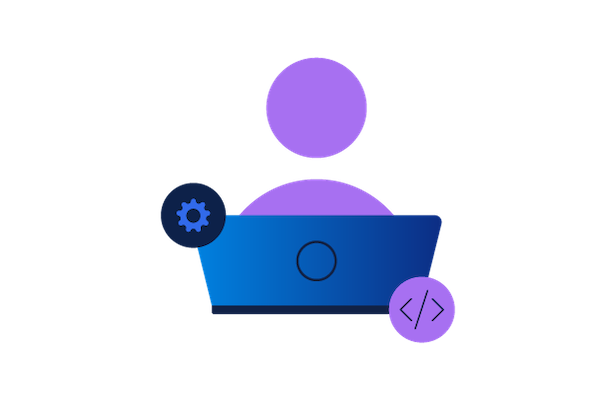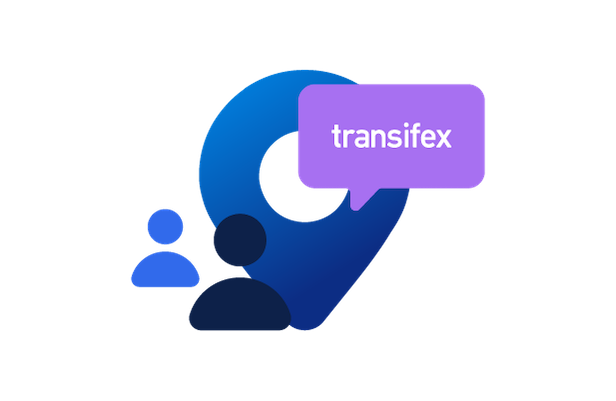

The 6 Biggest Challenges of Localization
Localization is essential, but it isn’t easy. Understanding the challenges of localization when expanding into new markets will help your company better prepare for the road ahead and choose the Translation Management System (TMS) best aligned with your globalization strategy.
After over a decade of helping companies of all sizes go global and providing a best-in-class SaaS translation platform, we’ve been able to identify the most common challenges that companies of sizes and stages run into when localizing. Here are the six biggest challenges of localization and translation management, and how to overcome them.
Not knowing where to start
Localization is a growing industry. Companies looking to expand to new territories are often uncertain where to begin. Before researching localization platforms, it’s important to understand the translation management industry, as well as hone in on your company’s local and global business needs. Things like how often translated content will be published, how many translators will be working on projects, and whether or not content will be uploaded manually or automatically are all key considerations when choosing a Translation Management Platform.
Lacking the necessary resources
Successful localization goes beyond choosing a translation management platform. Finding the right translators or translation agency is also important. High-quality translations lead to increased engagement, more conversions, and improved SEO efforts, while poor translations can make the company look unprofessional and even run the risk of offending local customers.
Still relying on manual processes
Traditionally, translations have been completed by putting translatable strings in a spreadsheet, sending the document to translators, waiting for confirmation the document has been received, waiting for the translated strings to be sent back, then having developers manually enter the translated strings into the code or CMS. Manual processes are not only antiquated and inefficient, they have a higher margin of error and are not as cost-efficient as streamlined automated processes. The truth is that with today’s technology, companies are now able to translate and localize their content with far more advanced methods and processes than manual processes.
Delaying or extending launches
Manual processes also contribute to delayed or extended launches, as does lacking the right translation tools. This combination can lead to increased translation time, result in low-quality translations that often require a rework before being deployed, or force translators to use complicated source code that can make it challenging to clearly understand and accurately translate the source language.
Not enough communication
Without clearly understanding a brand’s values, product benefits, communication style, and target audience, translators will have a hard time providing quality translations that will resonate within the local market. In addition to keeping the lines of communication open throughout the translation process and encouraging collaboration, it’s crucial to provide translators with context for their translations through resources like glossaries and style guides.
Not shopping around
In a nascent industry like localization, some companies choose to work with whatever platform appears to be the biggest and best or the cheapest. There is no one-size-fits-all solution to localization, and what works for a Fortune 500 company may not work for a growing startup. What’s most important is finding a solution that not only fits the company’s present needs but one that is agile and can be scaled easily to accommodate growth as well.
Explore the Full #WhyTranslate and #InvestingInTMS Series
This post is part of the #WhyTranslate and #InvestinginTMS series, built you to equip with the fundamental localization knowledge that will help you evaluate and choose the right localization solution and Translation Management System for your company
Explore the full series to catch up on other posts and learn everything you need to know for translation success:
- 3 Big Reasons to Start Localizing Your Content
- How Localization & Translation Management Works
- The 3 Ways to Translate Your Content
- 5 Features Every TMS Should Have
- 3 Common Localization Issues Translators Face & How To Solve Them
- 5 Must-Ask Questions When Evaluating Localization Platforms
Get Answers to All Your Translation Management Questions
Now that you’ve understood the main challenges of localization, it’s time to find a solution that will help you overcome them. To help you select the best translation management solution for your company, we’ve put together a simple guide to walk you through all the must-knows of selecting the ideal localization technology for your global expansion needs. Download our TMS evaluation guide for detailed plan for evaluating a current or future system.








